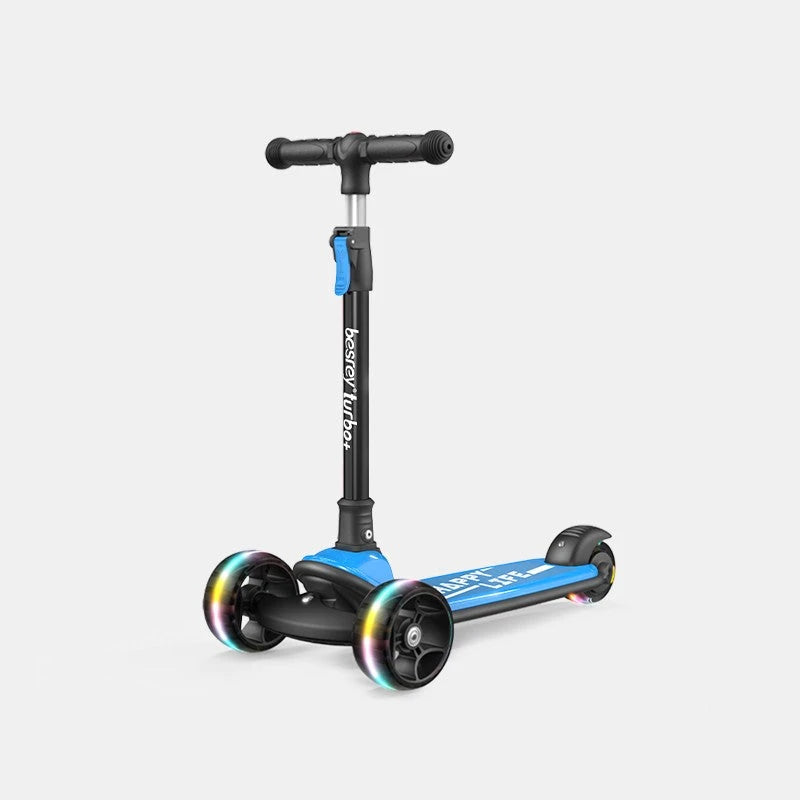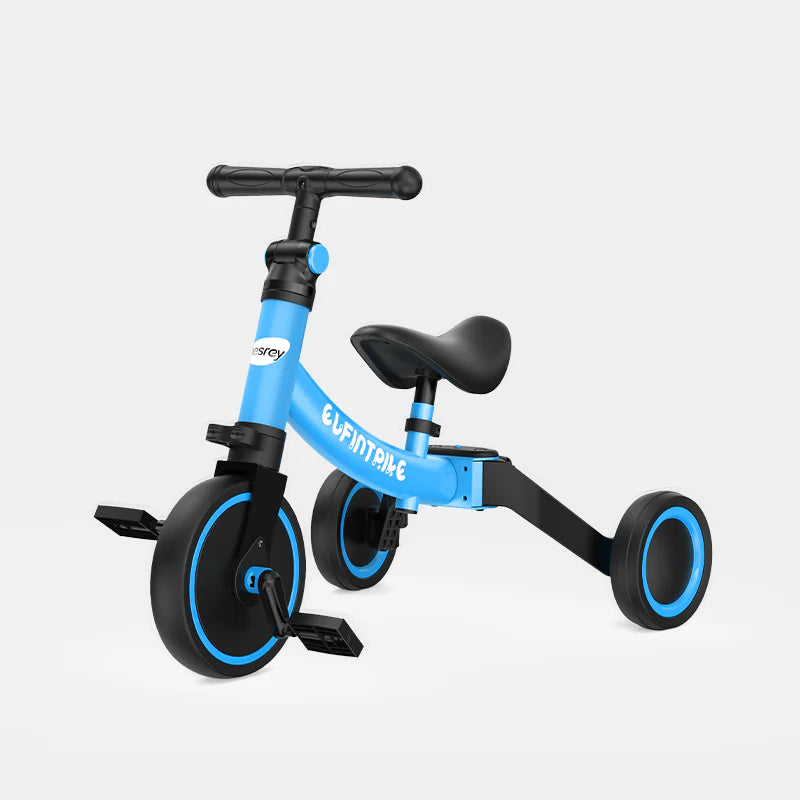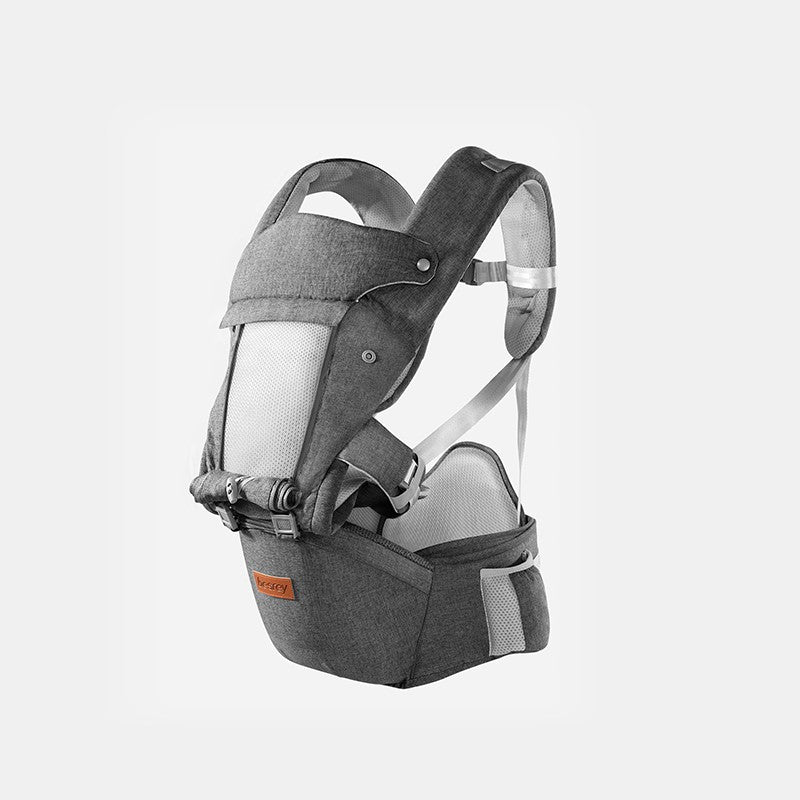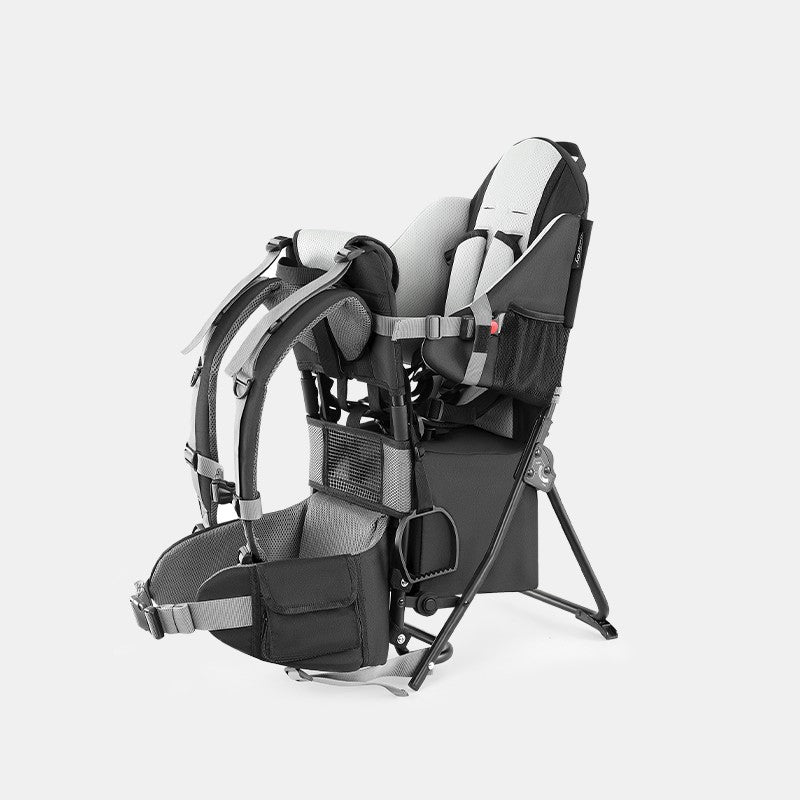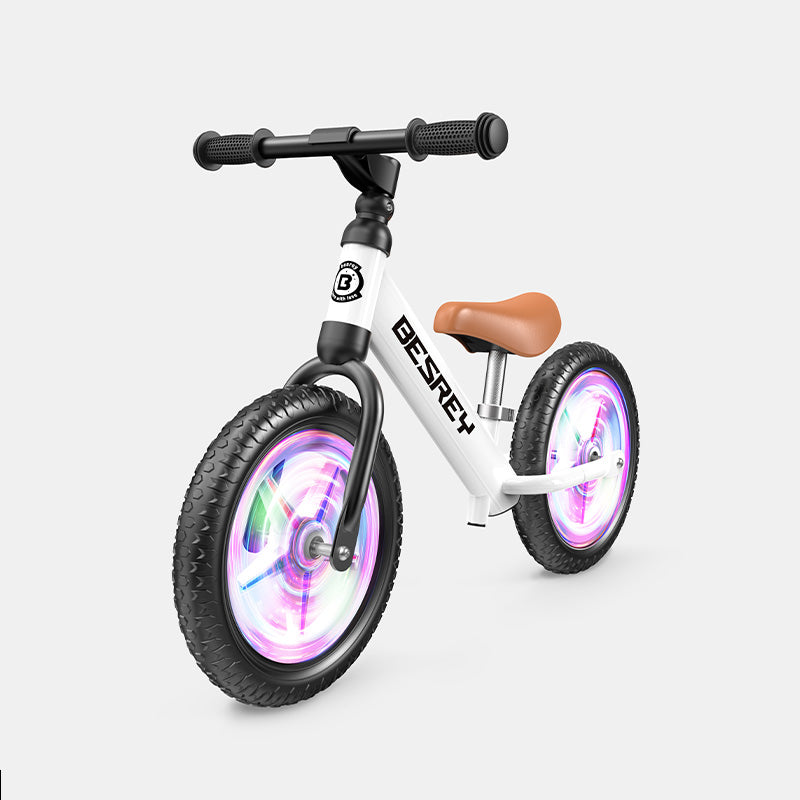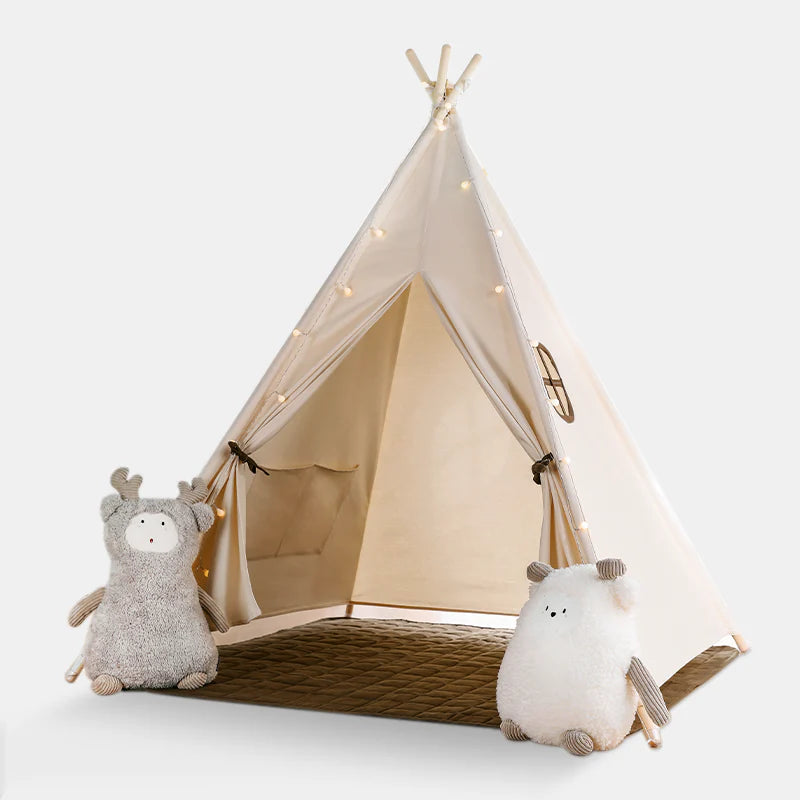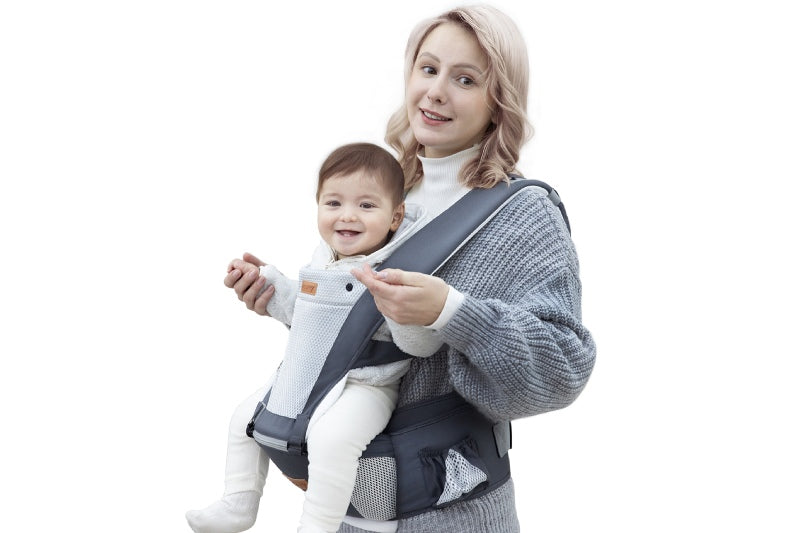
How to Wear a Baby Carrier Properly?
Baby carriers are soft, padded carriers that you wear on your front. Some baby hip carriers have adjustable straps so that you can wear your baby on your back or hip as well. There are numerous types of baby carriers available on the market.
Different baby carriers serve different purposes, but the method of wearing them is essentially the same. The baby carrier should be worn in the manner recommended by the manufacturer.
An incorrectly positioned baby can be strangled, chafed, pinched by the pad, or even fall from the carrier. Using a baby carrier can be wonderful, but positioning your baby safely is necessary. Here's how to do it.

Steps to Wear a Baby Carrier
Babywearing with a baby carrier is simple. Here are some quick and easy steps for using your baby carrier. Before wearing, parents must first ensure that the carrier is properly fitted to their body.
- Slide your head through the shoulder straps to secure the baby carrier to your shoulders.
- Use the appropriate buckles to secure the shoulder straps. Check that the buckles are securely fastened.
- Adjust the side strap tension. Pull the ends of the two side straps until they are snug.
- For maximum comfort during transport, cross the shoulder straps in the center, slightly below your shoulder blades.
- Put the baby in the infant carrier. Check that the buckles are securely fastened.
- Adjust the length of each side strap, one at a time, while supporting the Infant carrier from the bottom, until the child is tightly positioned against the upper part of the adult's chest, ensuring maximum comfort for the adult and maximum safety for the child.
What Can Happen if You Don't Wear a Baby Carrier Correctly?
Carriers are convenient ways for parents to keep their newborns close, but they also come with some safety and development risks that parents should be aware of.
Safety Issues:
The incorrectly secured infant carrier can cause serious and even fatal injuries to the infant. Always check the straps, buckles, and zippers of the carrier before each use, and make sure your child is properly buckled and secured into the carrier.
The risk of suffocation is also present with baby carriers. When your baby is in a baby carrier, look down at your baby’s face or eyes to make sure your baby can see you. Always check their nose and mouth to make sure nothing is blocking their breathing.
Hip-development Issues:
Proper positioning can aid in the development of healthy hips. However, babywearing can interfere with hip development in some infants if done incorrectly over time.
It's critical to understand how to properly position your baby to reduce the risk of hip dysplasia and other hip-development issues. IHDI recommends the "M" position, as well as a face-inward position until 6 months of age, to prevent improper hip development.
Generally, remember to allow your baby to be in a natural position when babywearing or swaddling by bending hips and knees rather than straightening them.
Notes on Wearing Baby Carriers
When wearing a baby carrier, the manufacturer's safety recommendations should be strictly followed for your baby's comfort and safety. Some of the most important safety rules to remember when using a baby carrier are listed below.
Before each use, make sure that all of the baby carrier's buckles, snaps, straps, and adjustments are securely fastened.
- Ensure that the space around the baby's face is large enough to allow for good air circulation.
- Hold your child securely while adjusting buckles, snaps, straps, and other adjustments. Check that the child's legs are properly positioned, straddling the seat.
- Infants under 4 months of age can suffocate in this product if their faces are pressed against the straps, so your baby must face you (but avoid pressing their faces too close to your body) until he or she can hold his or her head upright. Do not leave your baby unattended inside the carrier if you are not carrying it on your shoulders.
- Never wear a baby carrier while doing activities such as cooking or cleaning that involve a heat source or chemical exposure.
- Never wear a baby carrier while driving or being a passenger in a motor vehicle.
- Never wear a baby carrier if your balance or mobility is impaired due to exercise, drowsiness, or medical conditions.
Choose a Baby Carrier That Prevents Hip Dysplasia
You should not only position the baby's hips properly but also choose the baby carrier size according to the child's age and size. With the right size baby carrier, you can safely swaddle your baby and prevent the risk of hip dysplasia by not straightening and tightly wrapping your baby's legs. It is recommended that you use the newest baby carrier from Besrey.
The Besrey baby hip carrier features a versatile 2-piece system that offers eight cozy babywearing positions from infant to toddler age — easily transitions from first snuggles to first steps.
Its 30-degree non-slip surface allows a baby's hips and knees to sit in a comfortable "M" position, promoting healthy hip and spine development.
It comes with a soft, supportive, and breathable mesh that covers the entire carrier, providing superior airflow. Both parents and baby stay cool and comfy. A detachable baby hood provides a little darkness while napping, or protection from the sun.
It redefines comfort by stretching and shaping to fit both daddy and mommy for continual ergonomic support as your baby grows, with adjustable padded shoulder straps and an expanded waist belt.
It is lightweight and sturdy with safety buckles and straps that hold the baby securely. All materials used are free from harmful chemicals and conform to relevant global safety standards. Now, it’s available on Besrey’s store.

Related reading: Can a Baby Carrier Cause Hip Dysplasia?
Share

